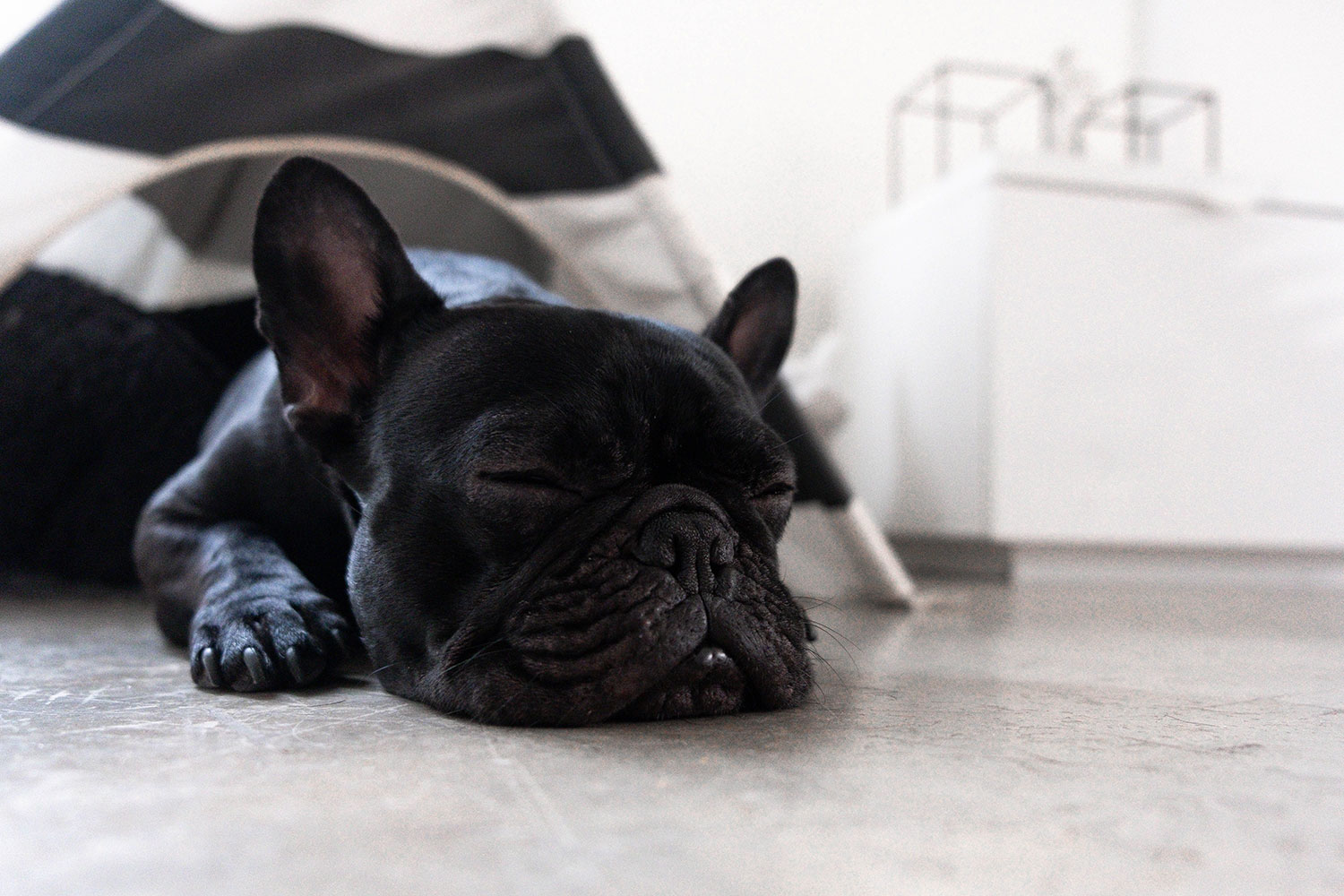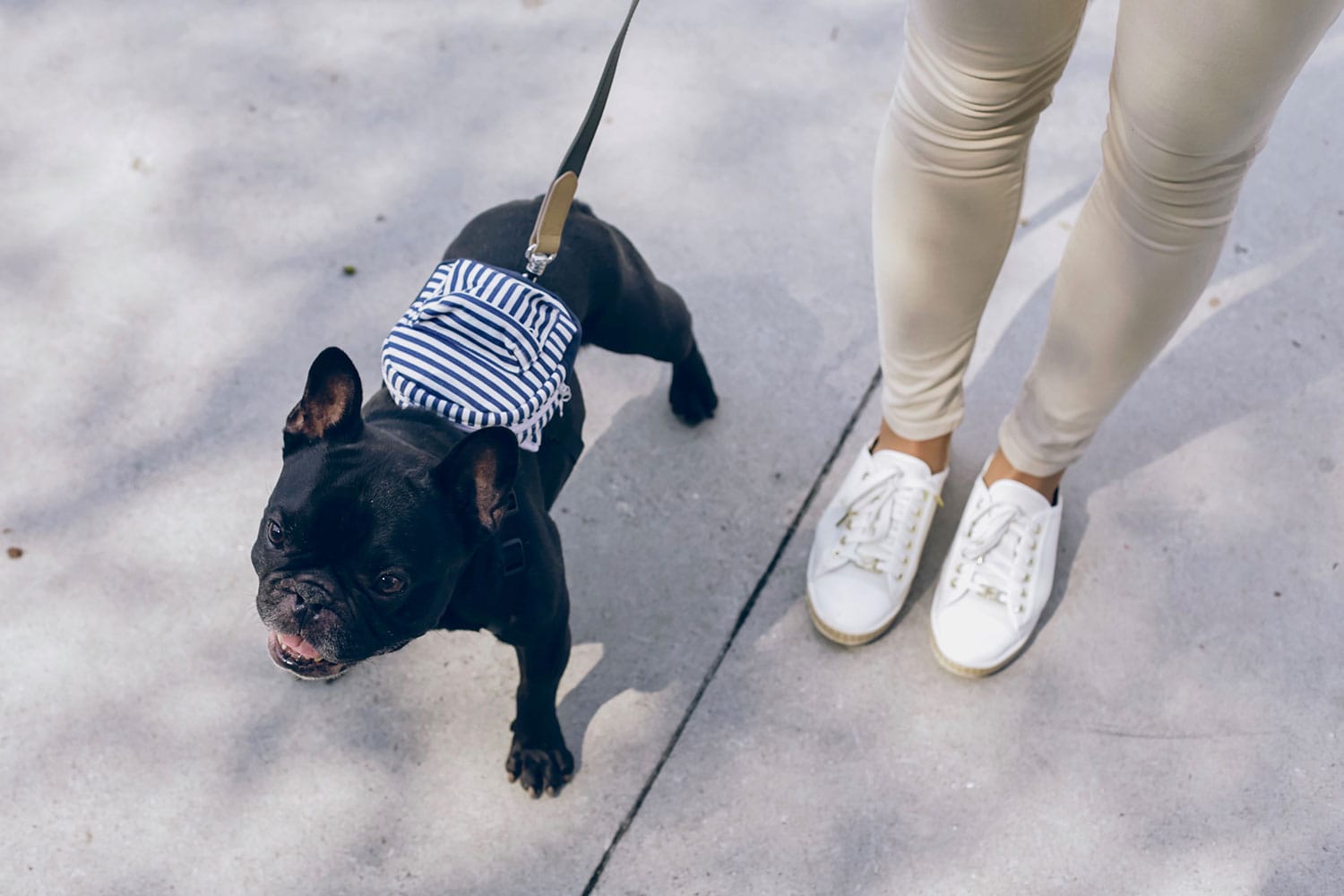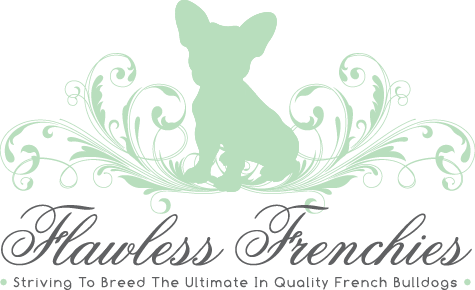Training Tips

Training
Crate Training
Crate training is one of the most important things you can do for your new dog. Crate training serves many purposes. It gives your pet a private, quiet place to go hen he/she needs some downtime. It gives you a way to control an exuberant dog when you don’t have time to enact other training strategies. It helps your dog have better habits, and contributes to a regular schedule. And, perhaps most importantly, it is an invaluable tool in house training your pet.
Crate training is not difficult because dogs are natural den animals, and they feel safer when they have an enclosed area for sleeping or resting. People who don’t give their dog a crate often comment that their dogs seek out crate-like spaces. They might try to sleep under your desk while you are working, or rest under a dining room chair. Dogs want and need the security of a den, and a crate is a den custom made for dogs.
I recommend wire crates. A crate should be large enough for your pet to stand up, turn around, and lie down comfortably, but not so large that he/she could use one side as a bathroom and the other side as a bedroom. For a small puppy, put a large stuffed animal in the crate to artificially reduce the size, until your puppy is large enough to use the whole space. That way, you won’t have to purchase one crate for the puppy and another for the adult-sized dog.
When you first bring your pet home, your goal is to make the first interactions with the crate positive. Put the crate where you plan to keep it, keeping in mind that until your dog is house trained, he/she will probably sleep there at night, and that dogs like to know where you are. If not within view of your bed, it should at least be in a warm, comfortable place nearby, within hearing range of you.
Put a Sherpa pad, soft blanket and some treats in the crate and leave the door open. Bring your new pet into the room that the crate is in and let him/her sniff it out for himself/herself.
The first night, or first few nights, in the crate can be trying for everyone including your new puppy. Just remember that your new dog is adjusting to a whole new environment, and that can be stressful and a little scary. New human babies cry a lot, too, but luckily, puppies adjust and mature much faster than human babies!! Just keep reassuring your puppy without getting too emotional about it, which will only increase his/her stress.
During the day, use the crate whenever you can’t directly supervise your puppy, until he/she is reliably and completely house trained. Pretty soon, your puppy will probably go in there on his own, just because he likes his/her soft, comfy, treat-filled little spot.
Helpful Tips
Make your puppy's crate enticing. Always put a treat or two and a toy in the crate. I recommend Kong toys filled with peanut butter.
Never leave a young puppy in a crate for more than 3 hours at a time.
Never use the crate as punishment.
Bring the crate when you travel so your pet always has a familiar place to go.
Training
House Training
The first training priority for most new dog owners is house training. This is definitely job number one for any dog living with humans. Puppies don’t come to you understanding that you care one way or another where they relieve themselves. But obviously you do care, so the whole point of house training is to communicate to your puppy where and when you would prefer that they do their business. Your puppy does not want to do things to make you angry or stain your carpet, but when a dog has to go, a dog has to go. Therefore, the key to this process is to reward your dog when he does what you want, and to keep him from ever making a mistake.

The first training priority for most new dog owners is house training. This is definitely job number one for any dog living with humans. Puppies don’t come to you understanding that you care one way or another where they relieve themselves. But obviously you do care, so the whole point of house training is to communicate to your puppy where and when you would prefer that he/she do his/her business. Your puppy does not want to do things to make you angry or stain your carpet, but when a dog has to go, a dog has to go. Therefore, the key to this process is to reward your dog when he does what you want, and to keep him from ever making a mistake.
Supervision is very important in this process. Young puppies do certain things when they are getting ready to relieve themselves. Typically, they begin to sniff the ground a lot while moving constantly, sometimes in a circle, looking for a good spot.
Until your puppy is well trained, go outside with him/her. This not only keeps him/her company, but allows you to praise him immediately when he relieves himself in the right spot.
The most effective house training is a combination of crate training and schedule training. And remember consistency is the key to success.
8 week old puppy
6:00am – Potty
6:30am – Feed
6:45am – Potty
8:00am- Potty
10:00am – Potty
12:00pm – Potty
2:00pm – Potty
4:00pm – Potty
4:30pm – Feed
4:45pm – Potty
6:00pm – Potty
8:00pm – Potty
10:00pm – Potty
12:00am – Potty
12 week old puppy
6:00am – Potty
6:30am – Feed
6:45am – Potty
12:00pm – Potty
4:00pm – Potty
4:30pm – Feed
4:45pm – Potty
6:00pm – Potty
10:00pm – Potty
6 Month old puppy
6:00am – Potty
6:30am – Feed
6:45am – Potty
12:00pm – Potty
5:00pm – Potty
5:30pm – Feed
6:00pm – Potty
10:00pm – Potty

